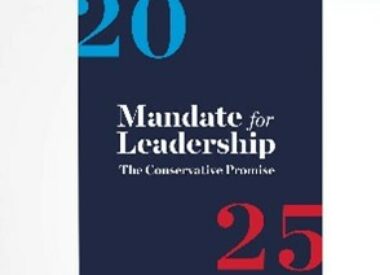“Progressive” ESG Shareholder Activism: Pushing and Pushback
The quantitative and qualitative acceleration of ESG shareholder resolutions is easier to understand when one recalls that ESG activism is just ordinary sociopolitical issue activism undertaken within the corporate sector.










